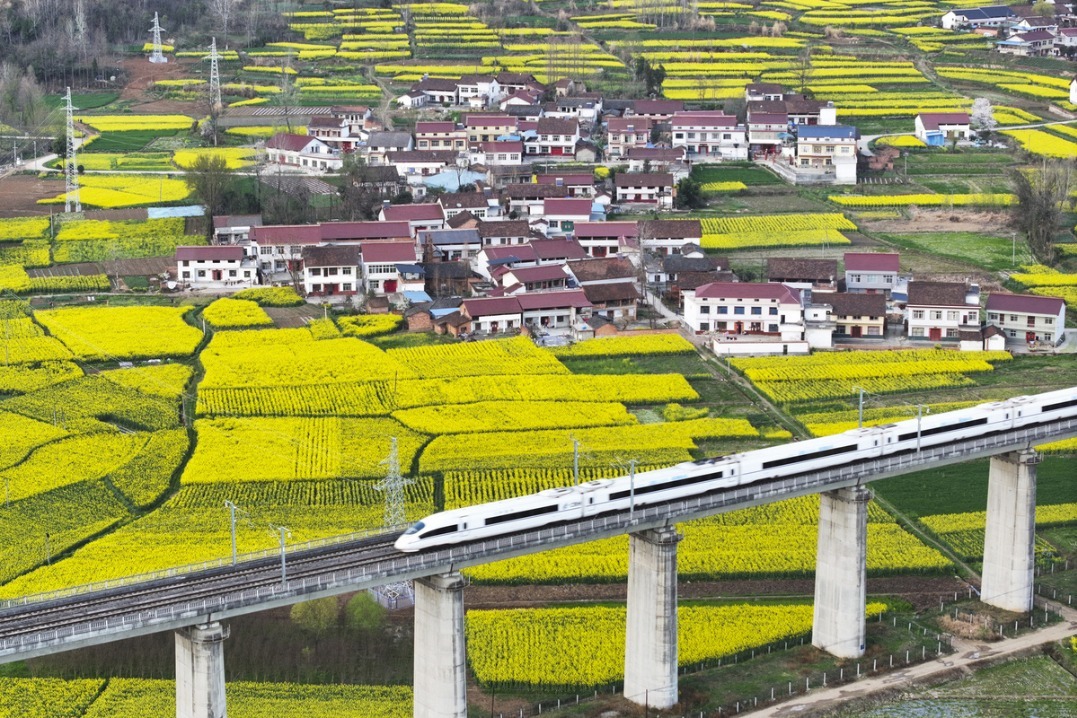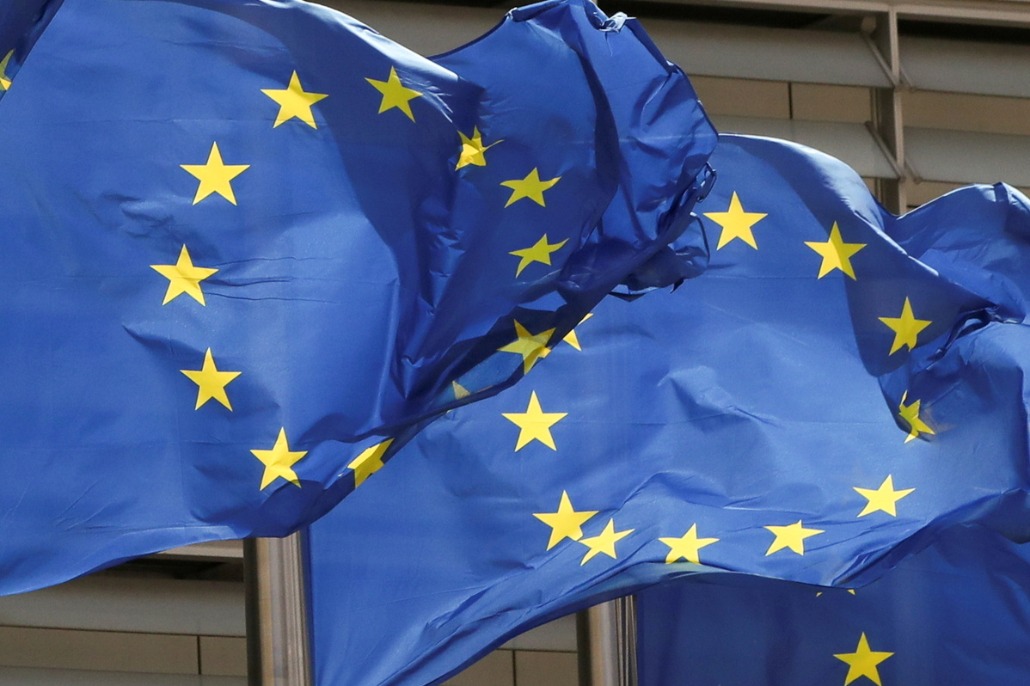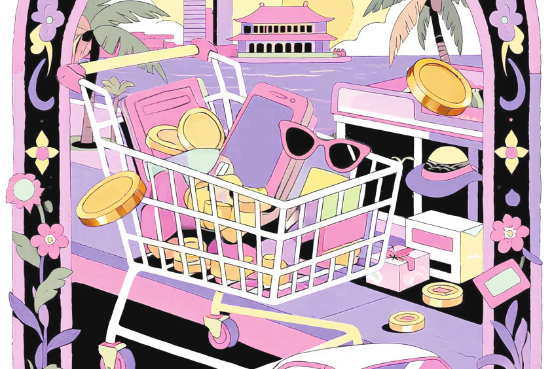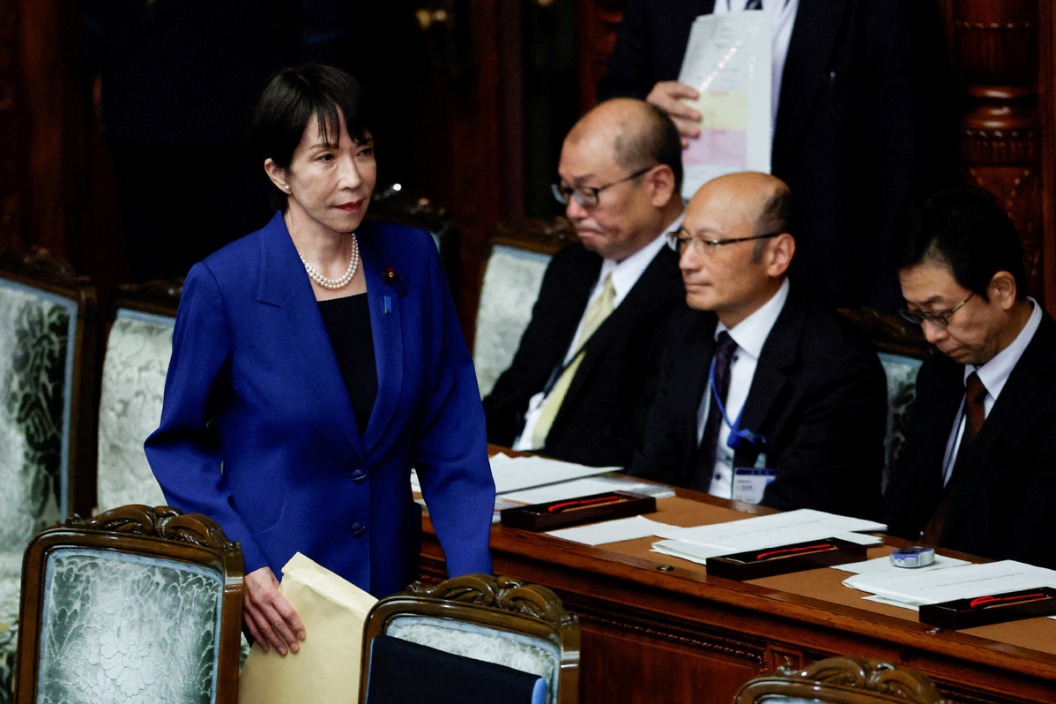Reform has greatly improved medical service

Over the past five years, people's living standards have improved, and the basic health insurance plan now covers 1.35 billion people, making it the largest social safety program in the world, Premier Li Keqiang said at this year's annual sessions of China's top legislature and political advisory body.
The Communist Party of China has attached increasing importance to medical and health service, from the 17th National Congress of the CPC to the 19th Party Congress, reflecting its people-centered approach. And among the proposed institutional reforms, is one on establishing a State medical insurance administration, which means the Party and the government will elevate healthcare to a new level.
To establish a comprehensive medical and health service system with Chinese characteristics and ensure that everyone has access to basic medical and health service, China issued a guidance on further deepening the medical and health system reform in 2009, initiating a new round of medical reform with the aim to explore ways to integrate the roles of the government and the market.
Over the past nine years, China has made five major achievements in medical reform. The various urban and rural medical insurance programs cover more than 95 percent of China's total population. By 2015, critical disease insurance programs covered all Chinese citizens. At the end of last year, about 1,600 medical institutions in 30 provinces and regions had instituted direct settlement mechanisms for cross-regional medical payment. China's per capita basic public health service funding increased from 15 yuan ($2.37) in 2009 to 50 yuan in 2017.
Besides, the hierarchical medical treatment system has got special attention since 2012, in order to make sure medical services are distributed in a more balanced and efficient manner. And by last year, 80 percent cities and 50 percent counties in China had launched pilot programs for hierarchical medical treatment.
Public hospital reform, too, has been intensified. By the middle of last year, 200 cities had launched pilot public hospital reform programs, with county-level governments implementing full reform. The government has also pushed forward medicine price reform to establish a new order in medicine production and distribution.
The public health service, and the national medical insurance and hierarchical medical treatment systems have benefited people across the country, especially drawing praise from rural residents and people in impoverished areas. The World Health Organization, too, has recognized the rapid progress that China has made in national medical and health service reform.
Still, the country faces some challenges, such as the slow progress of the public hospital reform and medical price reform, partly due to the resistance of vested interests. As a result, medical treatment is still difficult and expensive for some people.
However, some pilot medical reform programs, such as the public hospital reform in Sanming, Fujian province, have set a good example. In 2012, Sanming launched the "two invoices system" medicine purchase reform, that is, only two invoices are issued in the entire medicine purchase chain-one by the manufacturer to the distributor, and the other by distributor to medical service providers-to reduce medicine prices.
The authorities also have raised medical service charges to ensure doctors, and other hospital staff, get a reasonable salary and therefore do not prescribe unnecessary medical tests for patients which increases their medical bills. Statistics show that the average annual salary of hospital staff in 22 public hospitals in Sanming has increased from 42,200 yuan in 2011 to 94,500 yuan in 2016.
These reform measures have improved public hospitals' service and raised the quality of the service.
China's medical reform has deepened, and every future move will deepen it further, which in turn will clip the wings of the vested interests. It is time therefore that the authorities cleared all obstacles and overcame all difficulties to carry out the medical reform to the end for the benefit of the entire society.
The author is a researcher at the Chinese Academy of International Trade and Economic Cooperation.


































